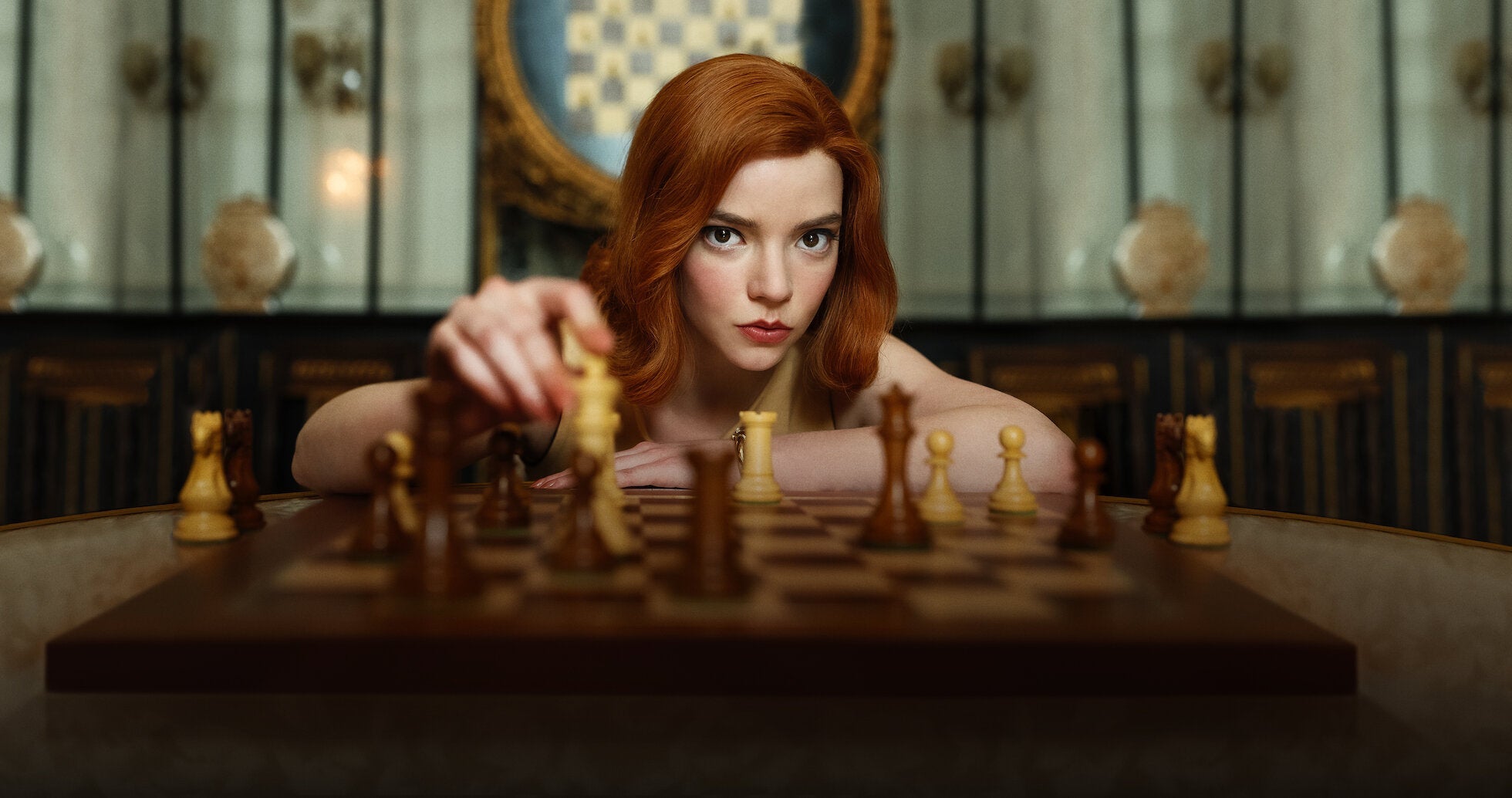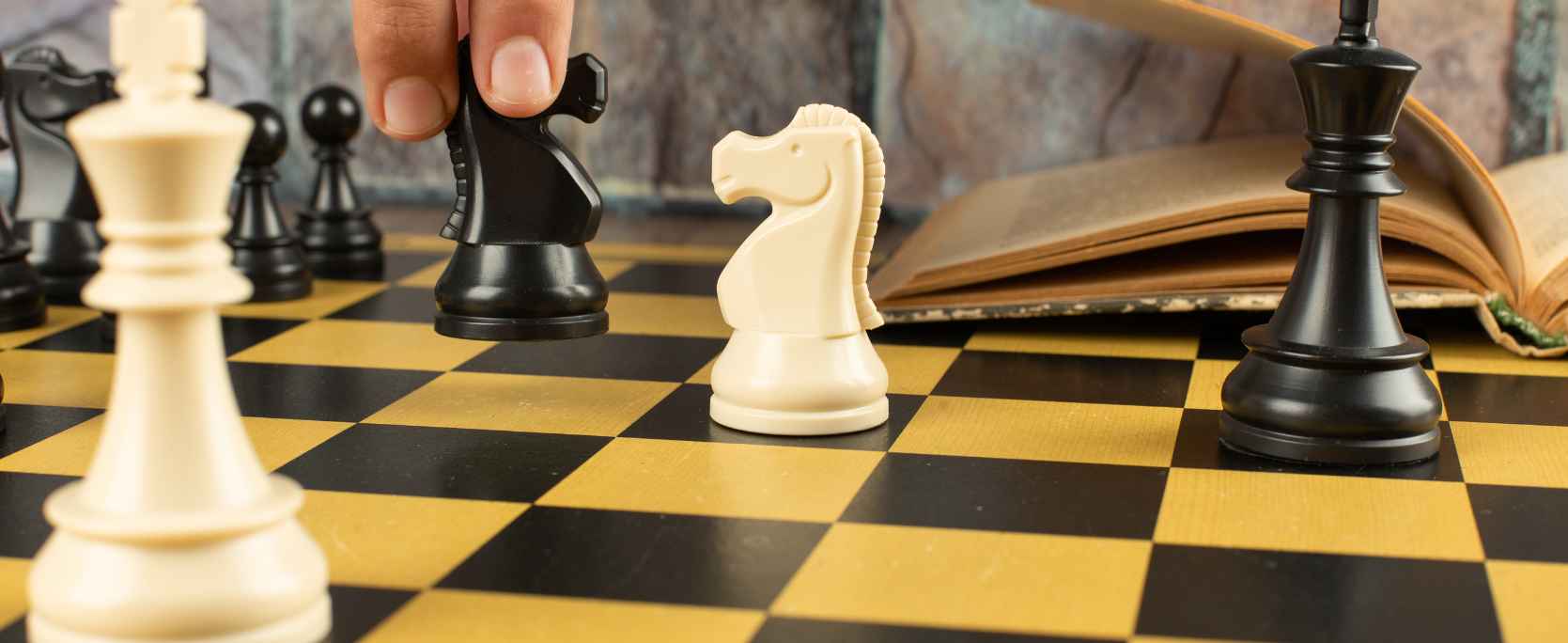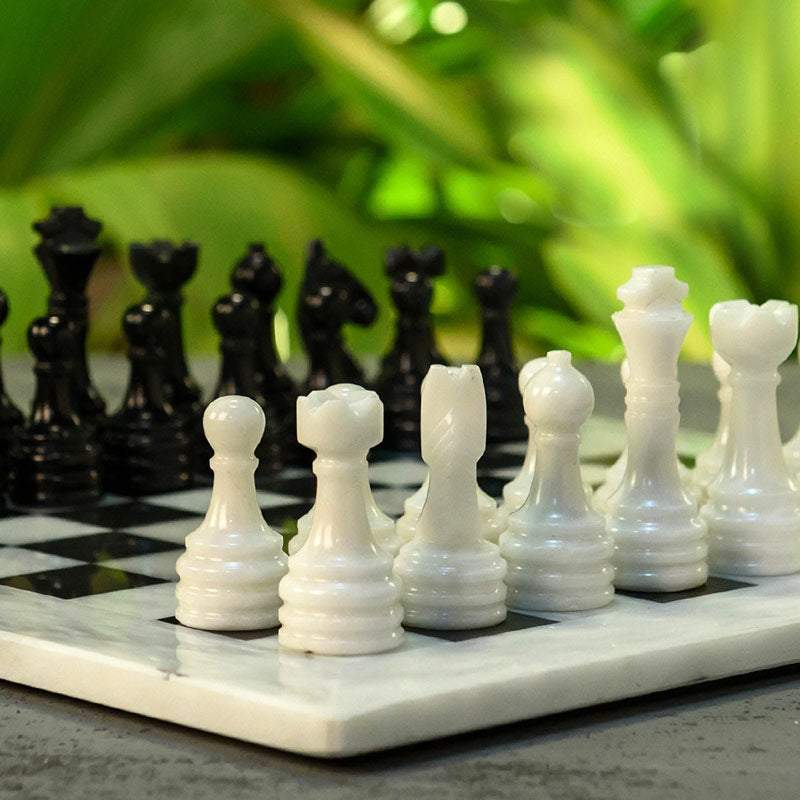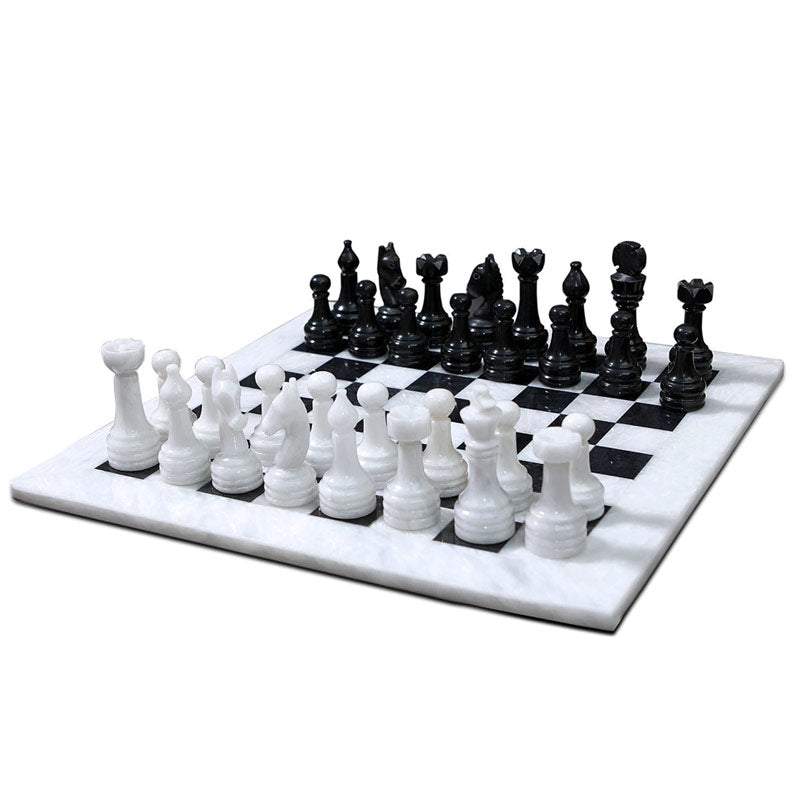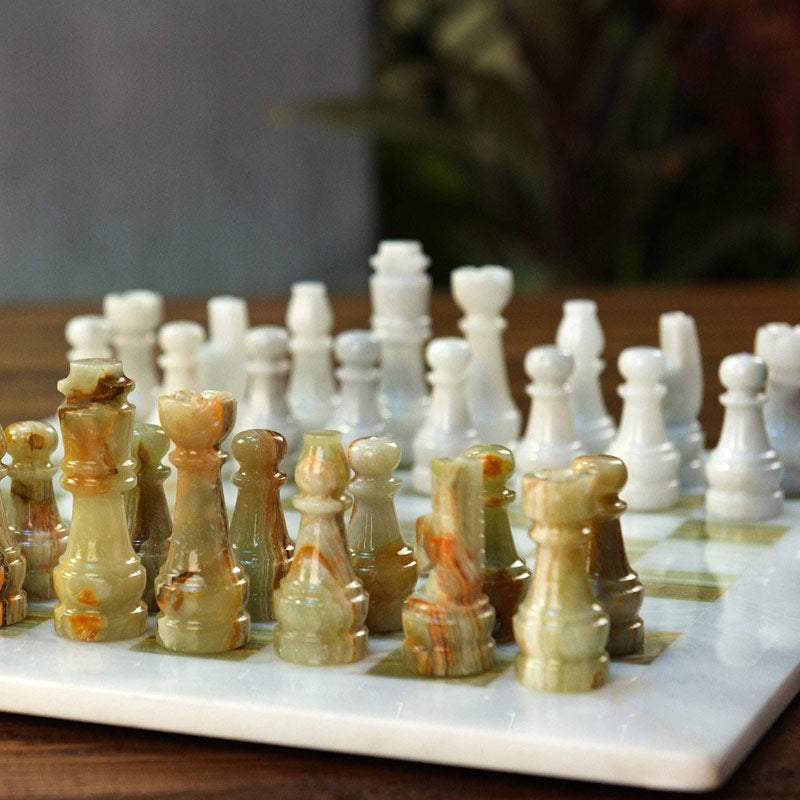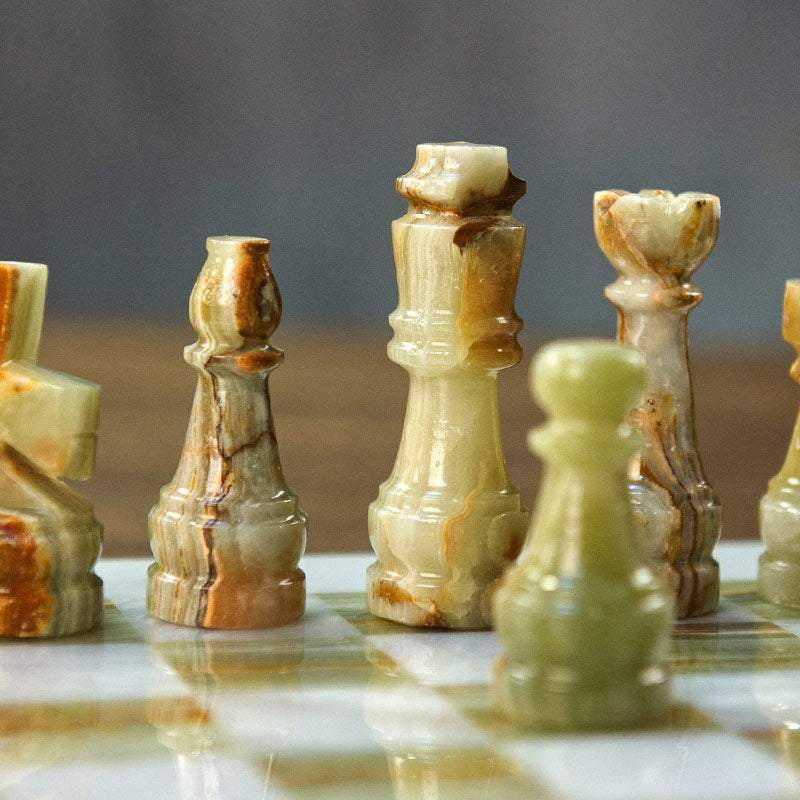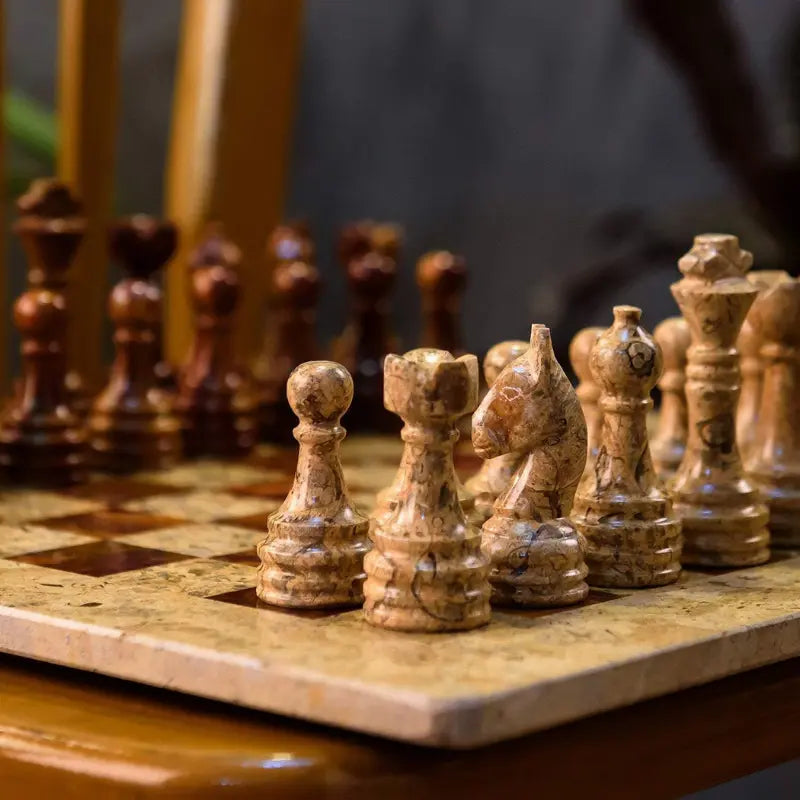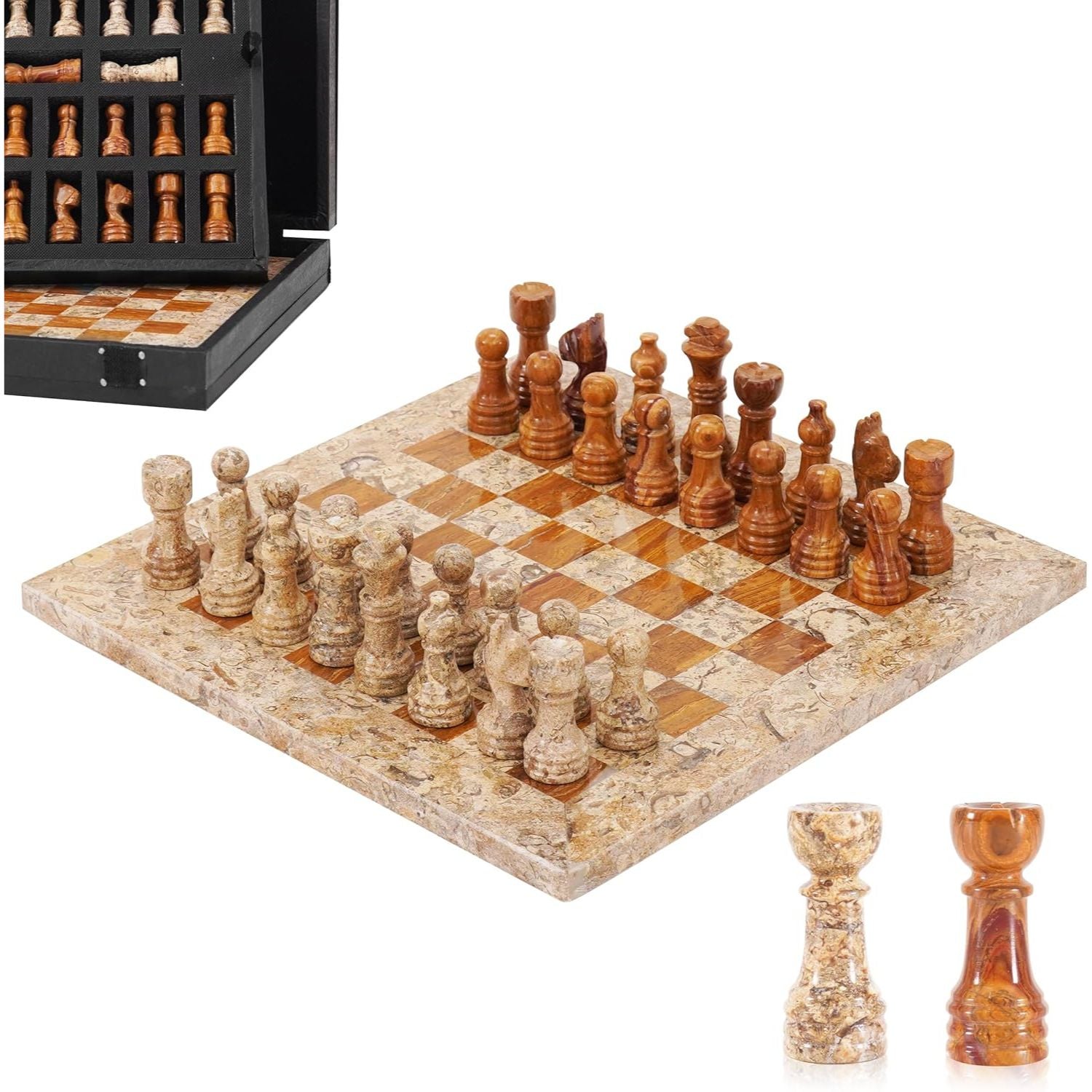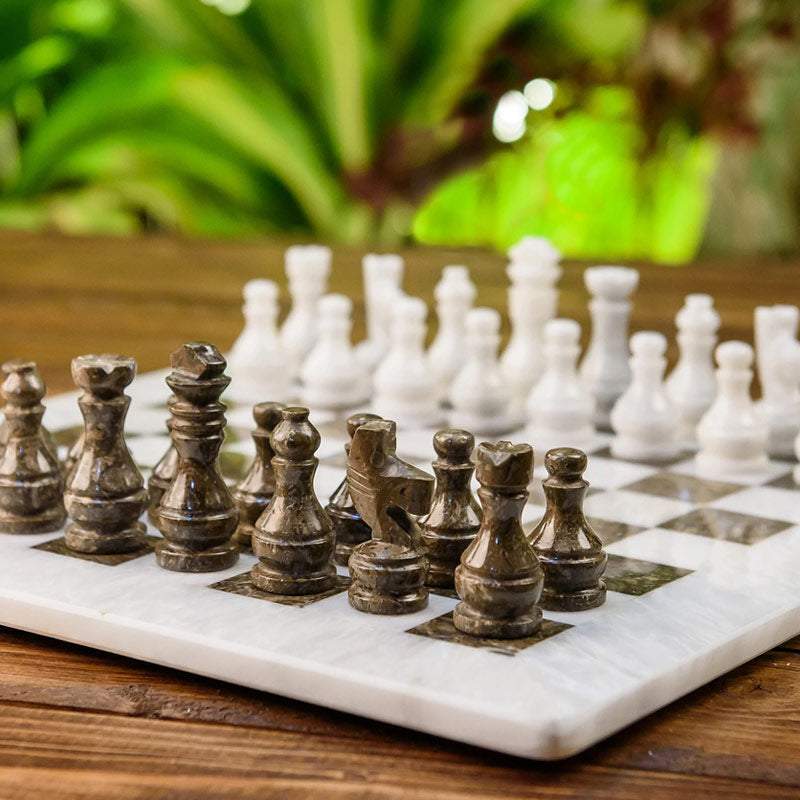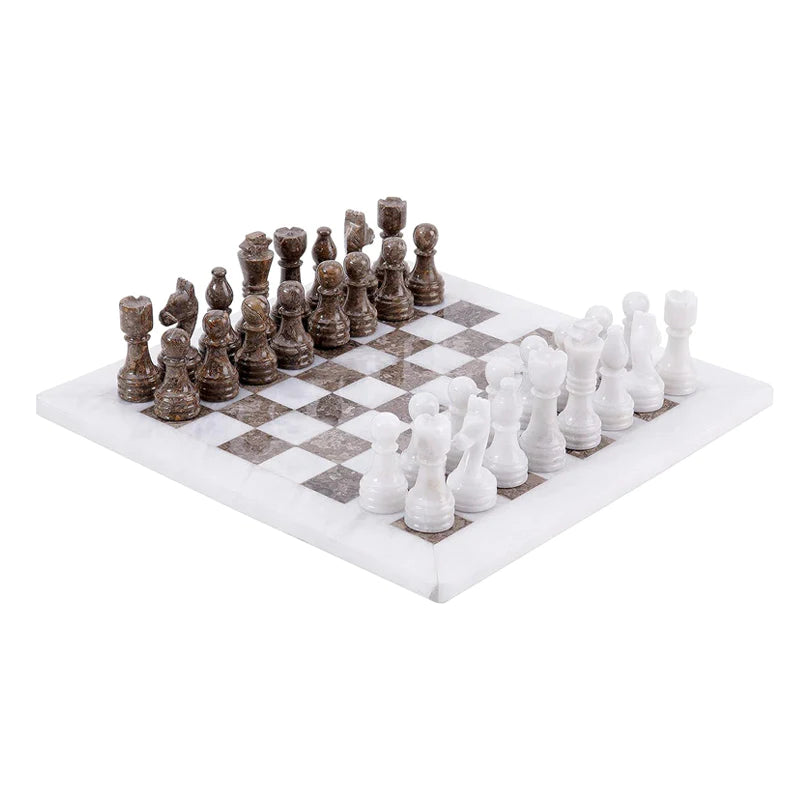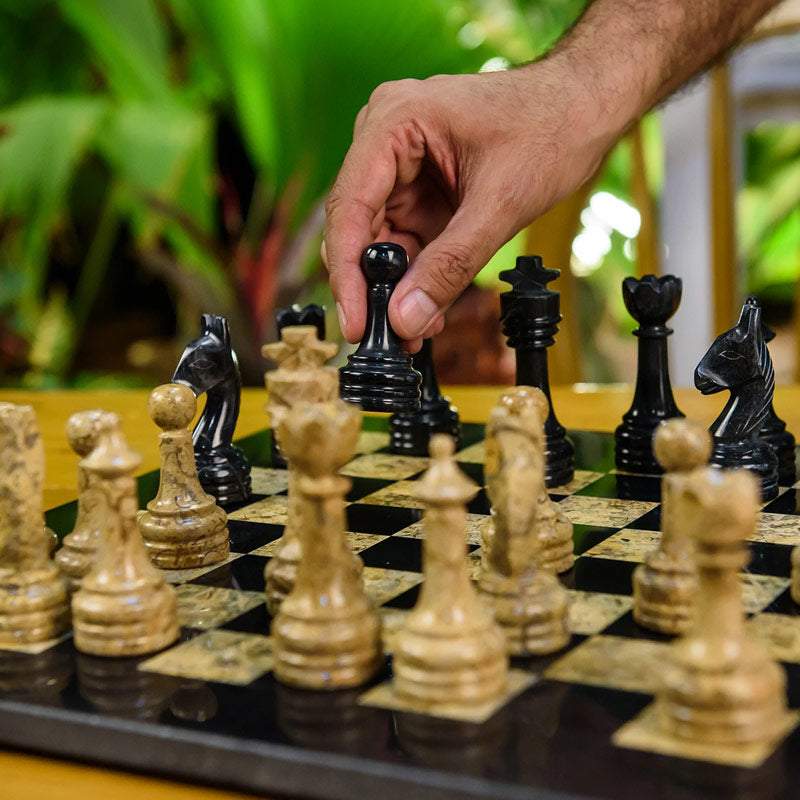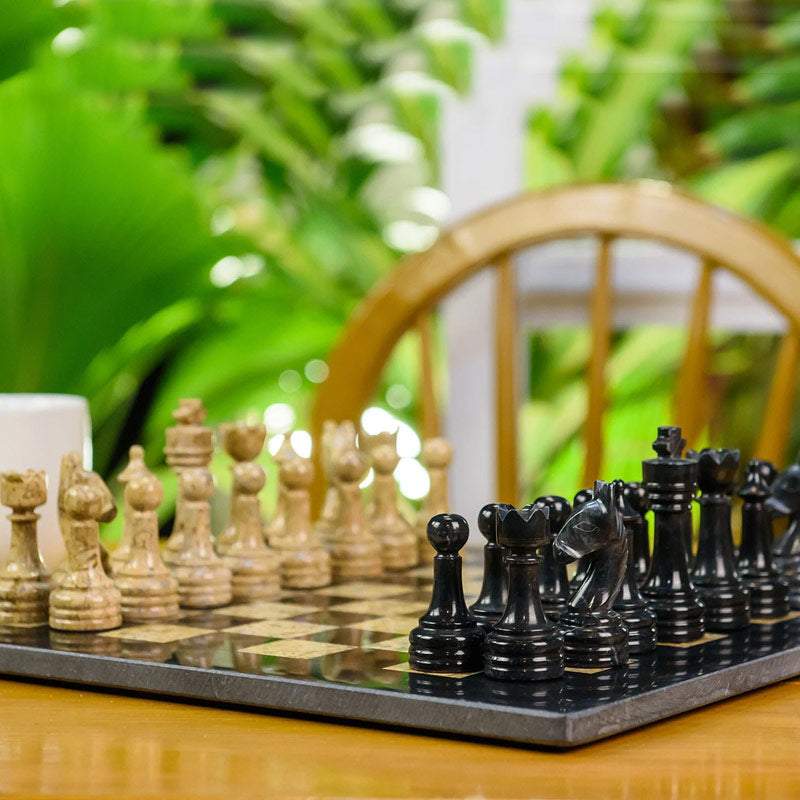How to set up a chess board- Step By Step
Chess is a classic board game with a rich history that players for centuries have enjoyed. It is a strategy and skill-based game that requires players to think critically and outmaneuver their opponents. In addition to being a mental challenge, It is the perfect social activity that brings people together. It has been shown to have many benefits, including improving problem-solving skills, critical thinking, concentration, memory, and cognitive function. Chess is one of the most timeless games of all time, and understanding its rules is essential for anyone who wants to enjoy it.
Setting up chess board

The chess board consists of 64 squares arranged in an 8x8 grid. The squares are colored either light or dark. There are 16 pieces in this game: one queen, one king, two rooks, two knights, two bishops, and eight pawns.
Chess board set up, place the board in front of you with a white square in the bottom right corner. Then, place the white rooks in the corners, followed by the knights, bishops, queen, and king. The pawns should go in the row in front of the other pieces. The black figures place on the opposite side of the board, with the black rooks in the corners, followed by the knights, bishops, queen, and king. The black pawns should go in the row in front of the other pieces. Once all the figures are in their proper positions, the board is ready to play.
Playing the game

Now the chess set up. It's time to start playing! A player with white pieces always moves first, and each player moves their figure one at a time.
Your goal is to checkmate your opponent's king by check or capturing it (mate). During the game, the player can force the opponent to resign, or when both players decide that the position is equal for both sides and with the best play, the game ends in a draw.
Each piece has unique movement patterns, and it is crucial to understand them to strategize and effectively make good moves. Here is a step of how each chess piece moves and their placement on the chessboard:
King: In a game, the king can move one square in any direction.
Queen: The pieces in chess, the queen has the most extraordinary power and can move any number of squares vertically, horizontally, or diagonally. The queen can move to any square on the same file, rank, or diagonal.
Rook: The rook can move any squares along a rank or file.
Bishop: A bishop chess piece can move diagonally in any direction. The rules of chess allow bishops to travel as many squares as they want on the chessboard as long as another piece does not obstruct their path.
Knight: The knight can move to any of the squares immediately adjacent to it, then make a 90-degree turn and move to an adjacent square on that line. Only this piece can jump over other figures.
Pawn: Pawns have the most complex movement and capture the rules of any chess piece, and you can only move forward one square at a time, but they capture diagonally. Pawns also have the option to move two squares forward on their first move, as long as they are on their starting rank and no pieces are blocking their path. Pawns cannot move backward.
Chess Figures and Point Values

In chess, each piece is worth a certain number of points, which is used to evaluate positions and help players decide which figures to exchange. Each piece is assigned a numerical value. Here is a general guide to the point values of the chess figures:
Pawn: 1 point
Knight: 3 points
Bishop: 3 points
Rook: 5 points
Queen: 9 points
Conclusion
This game is playing to checkmate your opponent's king. Once the king is captured (in "check"), there is no way to move the king out of capture (mate). When a player checkmates the king of their opponent, the game is over. In conclusion, everyone wants to win, but learning how to accept defeat is important. As the saying goes, sometimes you teach the lesson. Sometimes you learn the lesson! It is important to learn from those losses and come back stronger.




